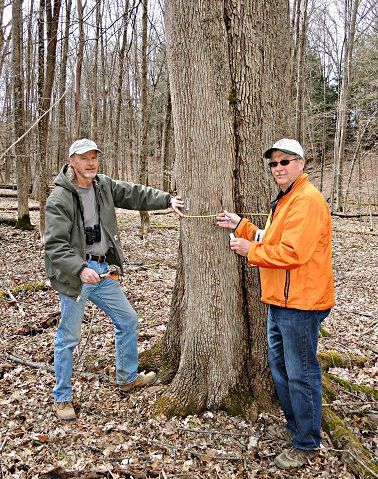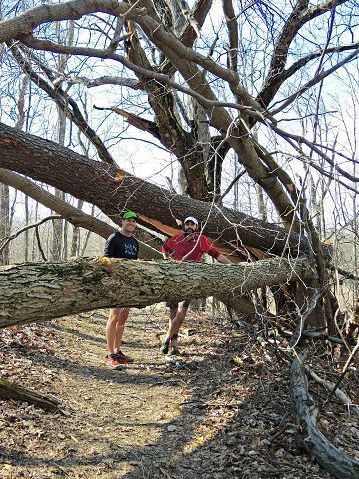Efforts being made to remove dead ash trees
The welcome signs of spring, like robins and daffodils, blustery winds, and falling trees, signal the change in seasons. And thanks to a small invasive beetle, even more trees have toppled over in recent years when winds whipped through our yards and parks.
The less than half-inch-long adult emerald ash borer was first identified in Ohio in 2003. Although the adult beetles feast on ash foliage, the real damage comes from the larvae that burrow into trees and disrupt the translocation of water and nutrients, in effect starving the ash tree.
Infested ash eventually die, dry out and topple over. Cathy Herms, president of the Friends of Wooster Memorial Park, said, As early as two to three years after death, the tree can fall, either uprooting or more often snapping off about 5-15 feet from the ground. She compared this to a dead oak tree that can stand for 10-30 or more years.
Because of the propensity for ash trees to fall within a few years of dying, they can be a hazard. Herms said, Trees can fall on the trail, injuring hikers, and can take down other trees as they fall.
In an effort to keep Woosters largest park as safe as possible, the FWMP and Wooster City have begun mitigation efforts to protect the public.
The billboard at the entrance to Wooster Memorial Park now holds a sign that says, NOTICE Due to the emerald ash borer, the park is losing a lot of ash trees. The City of Wooster and the FWMP group are being proactive and felling the ash trees closest to the trails for the safety of trail users. Please be cautious of dead or dying ash trees.
City of Woosters Public Properties Maintenance Division supervisor Andrew Guidetti said, We put up the sign to make parkgoers aware of the vast amount of ash trees that are being dropped, also to let hikers know that there may be chain saws running at any time.
The FWMP started tagging dying and dead ash trees last summer and to date have located, tagged and ranked 141 trees in need of removal that stand within falling distance of a trail.
Guidetti estimated that the FWMP have surveyed about 25 percent of the ash trees that may be a hazard to hikers. He said, We predict that we will have around 250-350 trees that will need to be felled by the end of 2018.
Herms explained the methodical process for tagging trees. We slowly walk the trails and look for ash trees within about 50 feet of the trails. Once found, we measure the trees location with a GPS unit, exact distance from the trail, and trunk diameter 4.5 feet above the ground. We also rate the trees health on a 1-5 scale from healthy to dead.
Survey groups often use binoculars to inspect the trees canopy and look for signs of the destructive insect D-shaped exit holes, missing patches of bark due to woodpeckers trying to get at the EAB, and serpentine-shaped larval galleries under the bark to confirm whether the tree died of EAB or other causes.
FWMP member John Abt has participated in the tagging efforts and said, Its kind of fun to do, keeping in mind the survey will help protect those who enjoy the park.
Guidetti said, By tagging the trees ahead of time, we are able to send out crews to fell the trees quickly and efficiently without spending a lot of time evaluating each one.
Felled trees will be left to lie on the forest floor, according to Herms, and will provide food and shelter for various living organisms such as moss, fungi, plants, insects, salamanders, chipmunks and more as the logs decay.
Homeowners with dying ash trees can choose a different strategy. Because an EAB spends most of its life inside the tree, valuable ash trees can be injected with an insecticide that gets translocated throughout the tree.
Herms said, This strategy is very time consuming and makes sense if you are a homeowner wanting to protect one or a few ash trees in your yard. But at more than 325 acres, WMP is too large to consider this option. Amazing how such large trees can be overcome by such a small insect.
The FWMP efforts go well beyond tagging trees. They clear and mark trails, remove invasive plants, and sponsor educational events. Member Chuck Armbruster said they always welcome new members and encourage the public to attend their regularly scheduled guided hikes.
Additional information can be found on their webpage at www.friendsofwmp.com.




